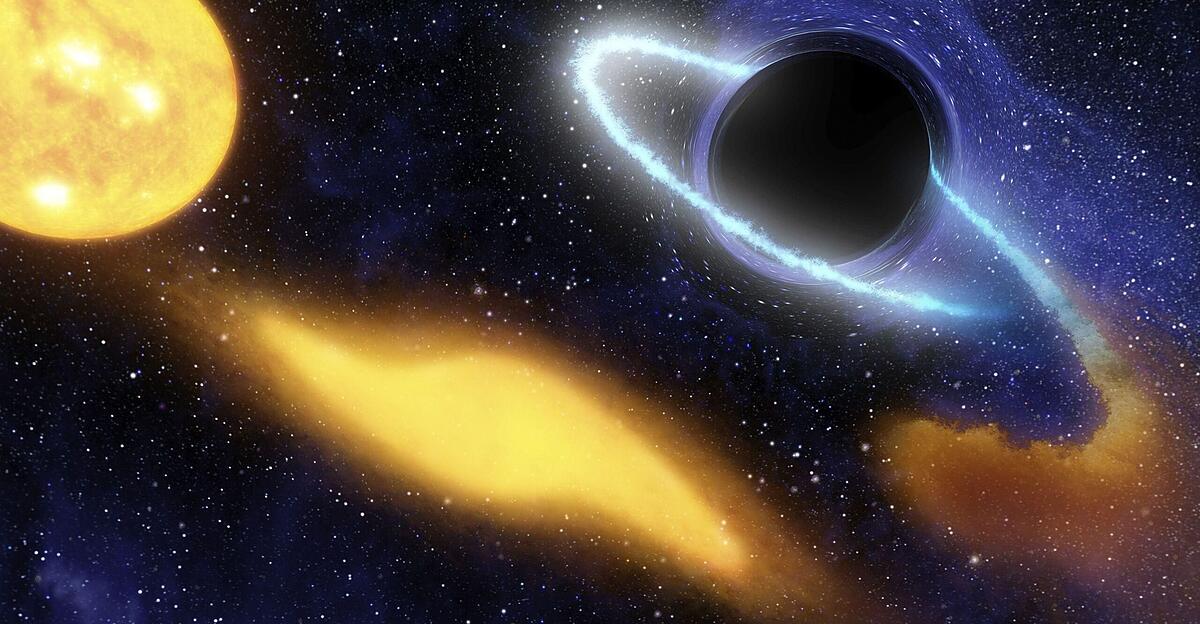This happened shortly after the Big Bang, which could lead to new theories about the formation of black holes, astronomers said, according to a study published on Wednesday in the journal Nature.
According to this, the black hole devoured its host galaxy GN-z11 only 430 million years after the birth of the universe – at a time called cosmic dawn. This makes it 200 million years older than all other massive black holes discovered so far, study co-author and Cambridge University astronomer Jan Schulz told AFP. The question of how it was able to grow so quickly during such a short period of time after the Big Bang 13.8 billion years ago will provide new information for “the next generation of theoretical models” of black hole formation, Schultz said.
Black holes have such a strong gravitational pull that not even light can escape. The study continued, like all black holes, the newly discovered black hole is invisible and was only discovered through powerful explosions of light that occur when matter is devoured.
It was this light that enabled the Hubble Space Telescope to discover its host galaxy GN-z11 in 2016, the oldest and most distant galaxy at the time. However, Hubble did not discover the black hole at the center of the galaxy.
Formed from the explosion of massive stars?
Normally, black holes in galaxies take hundreds of millions – if not billions – of years to form. Stephane Charlot, co-author of the study and an astrophysicist in Paris, suspects that black holes could have formed in a different way in the early days of the universe than later.
For example, they could have been formed by the explosion of particularly massive stars that only existed in the early universe, Charlotte said. He added that it could instead have been formed by “the direct collapse of a dense gas cloud without going through the stage of star formation.” The hole may have swallowed the abundant gas surrounding it, causing it to grow rapidly.
Schultz stressed that everything that is known so far about the black hole of the galaxy GN-z11 “does not rule out any of these scenarios.” The scientist hopes that the Webb telescope and other telescopes, such as the European Space Agency's Euclid telescope, will be able to discover more black holes from the early days of the universe.
The James Webb Telescope, also built with German participation, was launched into space in December 2021 after decades of preparation. It is now more than one and a half million kilometers from Earth.
It explores the early days of the universe, a few hundred million years after the Big Bang about 13.8 billion years ago. Astronomers hope to draw conclusions about the formation of the first stars and galaxies.

“Social media evangelist. Baconaholic. Devoted reader. Twitter scholar. Avid coffee trailblazer.”








More Stories
These brands are most vulnerable to phishing scams
Apple Maps Now Has a Web Version and Wants to Challenge Google Maps
Best AirDrop Alternatives for Android